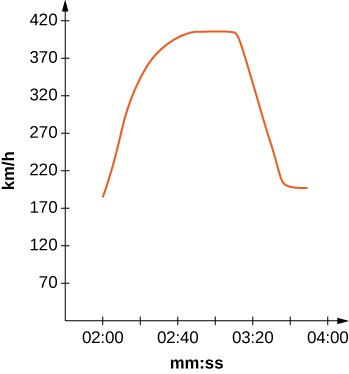For the following exercises, determine whether the statement is true or false. Justify your answer with a proof or a counterexample.
2. [latex]\displaystyle\int \frac{1}{{x}^{4}+1}dx[/latex] cannot be integrated using partial fractions.
4. Integration by parts can always yield the integral.
For the following exercises, evaluate the integral using the specified method.
6. [latex]\displaystyle\int \frac{1}{{x}^{2}\sqrt{{x}^{2}+16}}dx[/latex] using trigonometric substitution
8. [latex]\displaystyle\int \frac{3x}{{x}^{3}+2{x}^{2}-5x - 6}dx[/latex] using partial fractions
10. [latex]\displaystyle\int \frac{\sqrt{4-{\sin}^{2}\left(x\right)}}{{\sin}^{2}\left(x\right)}\cos\left(x\right)dx[/latex] using a table of integrals or a CAS
For the following exercises, integrate using whatever method you choose.
12. [latex]\displaystyle\int {x}^{3}\sqrt{{x}^{2}+2}dx[/latex]
14. [latex]\displaystyle\int \frac{1}{{x}^{4}+4}dx[/latex]
For the following exercises, approximate the integrals using the midpoint rule, trapezoidal rule, and Simpson’s rule using four subintervals, rounding to three decimals.
16. [T] [latex]{\displaystyle\int }_{1}^{2}\sqrt{{x}^{5}+2}dx[/latex]
18. [T] [latex]{\displaystyle\int }_{1}^{4}\frac{\text{ln}\frac{1}{x}}{x}dx[/latex]
For the following exercises, evaluate the integrals, if possible.
20. [latex]{\displaystyle\int }_{1}^{\infty }\frac{{e}^{\text{-}x}}{x}dx[/latex]
For the following exercises, consider the gamma function given by [latex]\Gamma\left(a\right)={\displaystyle\int }_{0}^{\infty }{e}^{\text{-}y}{y}^{a - 1}dy[/latex].
The fastest car in the world, the Bugati Veyron, can reach a top speed of 408 km/h. The graph represents its velocity.

24. [T] Using your function from the previous problem, find exactly how far the Bugati Veyron traveled in the 1 min 40 sec included in the graph.
Candela Citations
- Calculus Volume 2. Authored by: Gilbert Strang, Edwin (Jed) Herman. Provided by: OpenStax. Located at: https://openstax.org/books/calculus-volume-2/pages/1-introduction. License: CC BY-NC-SA: Attribution-NonCommercial-ShareAlike. License Terms: Access for free at https://openstax.org/books/calculus-volume-2/pages/1-introduction
